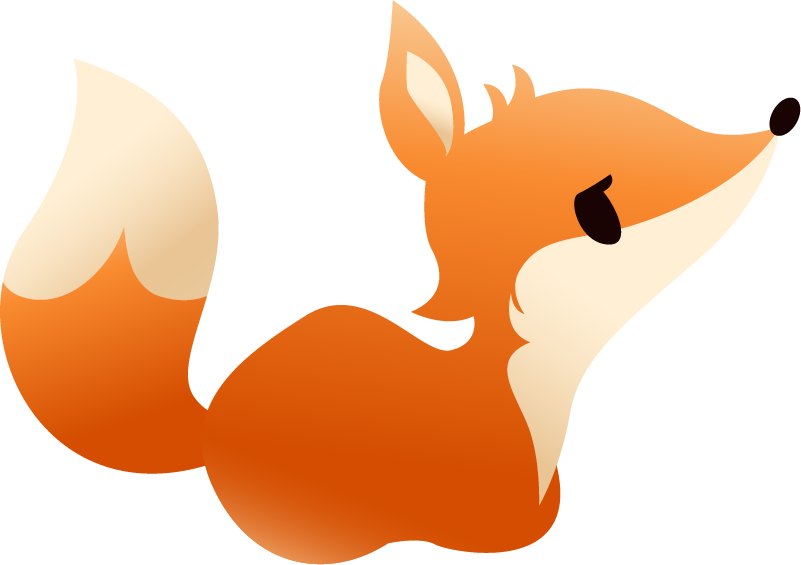The Lost WK Levels: 61-70 deck includes the remaining N1 & 常用漢字 367 kanji not included on WaniKani based on wkstats to create levels 61-70. Almost all kanji have custom mnemonics and all cards are seperated by level tag which can be filtered to recreate the WK experience along with 466 vocab words. If you want an even more extensive kanji list, I suggestion checking out the Beyond WK kanji deck.
I no doubt have typos or bad grammar in the mnemonics, so feedback is welcomed (along with additional mnemonics on empty kanji). Space is limited so I usually selected the first onyomi reading unless I found the kunyomi more useful. If there are other N1 kanji not included (and WK), happy to add them as well, enjoy!
BTW, the cover title parallels game review for SMB2 (JP): Retrospective reviewers recommended the game for those who mastered the original, or those who would appreciate a painful challenge. I would say the same for this deck 






 ) . Regardless, fantastic work!
) . Regardless, fantastic work!
 , and there was the whole mnemonic overhaul so hopefully it’s ok. I believe the radicals referenced are usually the latest but also extrapolating meanings too.
, and there was the whole mnemonic overhaul so hopefully it’s ok. I believe the radicals referenced are usually the latest but also extrapolating meanings too.